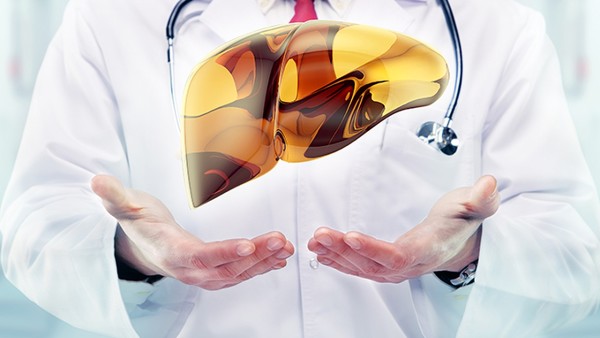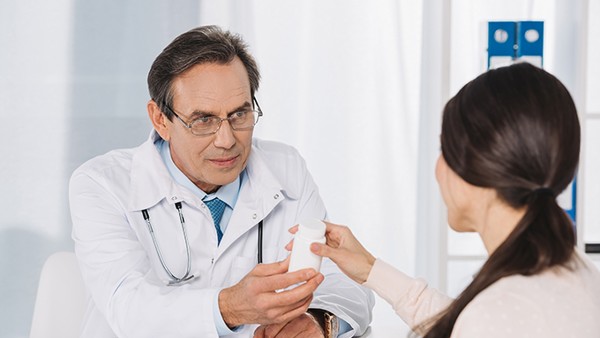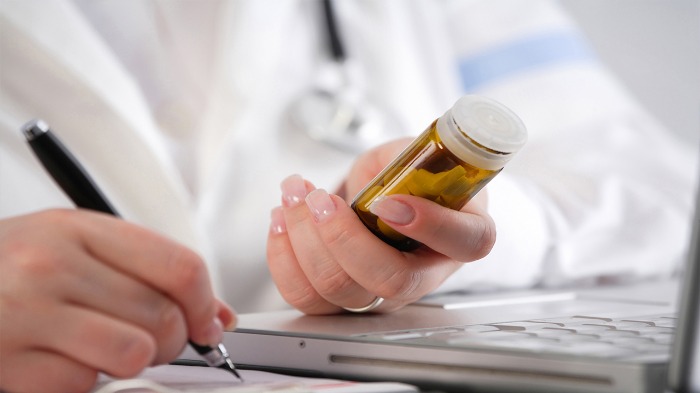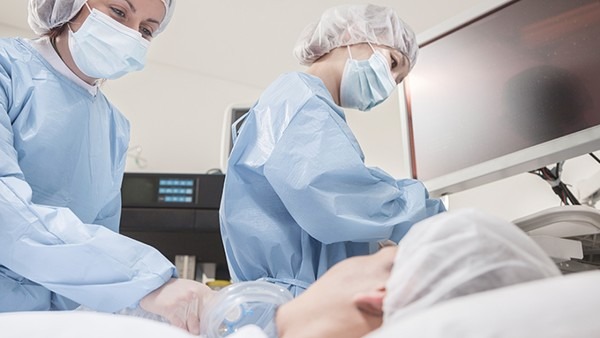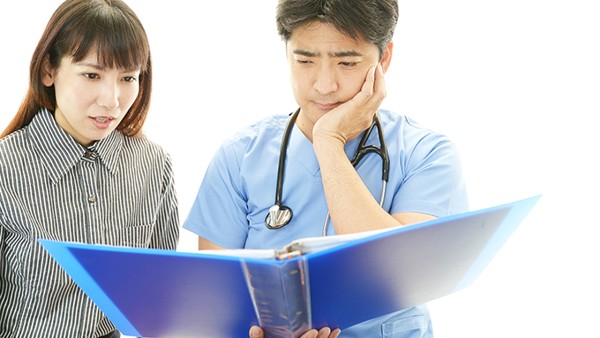How to Diagnose Tuberculosis

Tuberculosis (TB) is a bacterial infection that can affect the lungs, as well as other parts of the body. It is spread through the air when someone with TB coughs or sneezes. TB can be serious, but it can be cured if it is diagnosed and treated early.
Symptoms of Tuberculosis
The symptoms of TB can vary depending on which part of the body is affected. The most common symptoms of pulmonary TB, which affects the lungs, include:
Cough that lasts for more than 2 weeks
Chest pain
Shortness of breath
Fever
Night sweats
Weight loss
Fatigue
Weakness
Extrapulmonary TB, which affects other parts of the body, can cause a variety of symptoms depending on the location of the infection. For example, TB of the bones or joints can cause pain and swelling, while TB of the brain can cause headaches, confusion, and seizures.
How Tuberculosis is Diagnosed
TB is diagnosed with a combination of tests, including:
Medical history and physical examination. Your doctor will ask you about your symptoms and medical history. They will also perform a physical examination to look for signs of TB, such as swollen lymph nodes or abnormal breath sounds.
Chest X-ray. A chest X-ray can show whether there are any abnormalities in your lungs that could be caused by TB.
Sputum culture. A sputum culture is a test that is used to identify the bacteria that cause TB. To collect a sputum sample, you will be asked to cough deeply and spit into a container. The sample will then be sent to a laboratory to be tested for TB bacteria.
Tuberculin skin test (TST). The TST is a skin test that is used to test for TB infection. To perform the test, a small amount of tuberculin, a purified protein derivative of the TB bacteria, is injected into the skin. If you have been infected with TB, you will develop a raised, hard area at the injection site within 48-72 hours.
Interferon-gamma release assay (IGRA). The IGRA is a blood test that is used to test for TB infection. The IGRA measures the levels of interferon-gamma, a protein that is released by the body's immune system in response to TB infection.
Other tests. In some cases, your doctor may order other tests to diagnose TB, such as a computed tomography (CT) scan or a biopsy.
How Tuberculosis is Treated
TB is treated with a combination of antibiotics. The most common antibiotics used to treat TB are isoniazid, rifampin, ethambutol, and pyrazinamide. TB treatment typically lasts for 6-9 months. It is important to take the antibiotics exactly as prescribed and to complete the entire course of treatment. If you stop taking the antibiotics too early, the TB bacteria may become resistant to the drugs, making it more difficult to treat.
How to Prevent Tuberculosis
There are a number of things you can do to prevent TB, including:
Get vaccinated against TB. The TB vaccine is a safe and effective way to prevent TB infection. The vaccine is recommended for people who are at high risk of TB, such as people who live in or travel to areas where TB is common.
Practice good coughing etiquette. When you cough or sneeze, cover your mouth and nose with a tissue. Dispose of the tissue immediately after use.
Avoid close contact with people who have TB. If you know someone who has TB, avoid close contact with them until they have completed treatment.
Get tested for TB if you have any symptoms of the infection. Early diagnosis and treatment of TB is important to prevent the spread of the infection.
The above is all the content that the editor wants to share with you. I sincerely hope that these contents can bring some help to your life and health, and I also wish that your life will be happier and happier.
Topic: #to #how #tuberculosis
